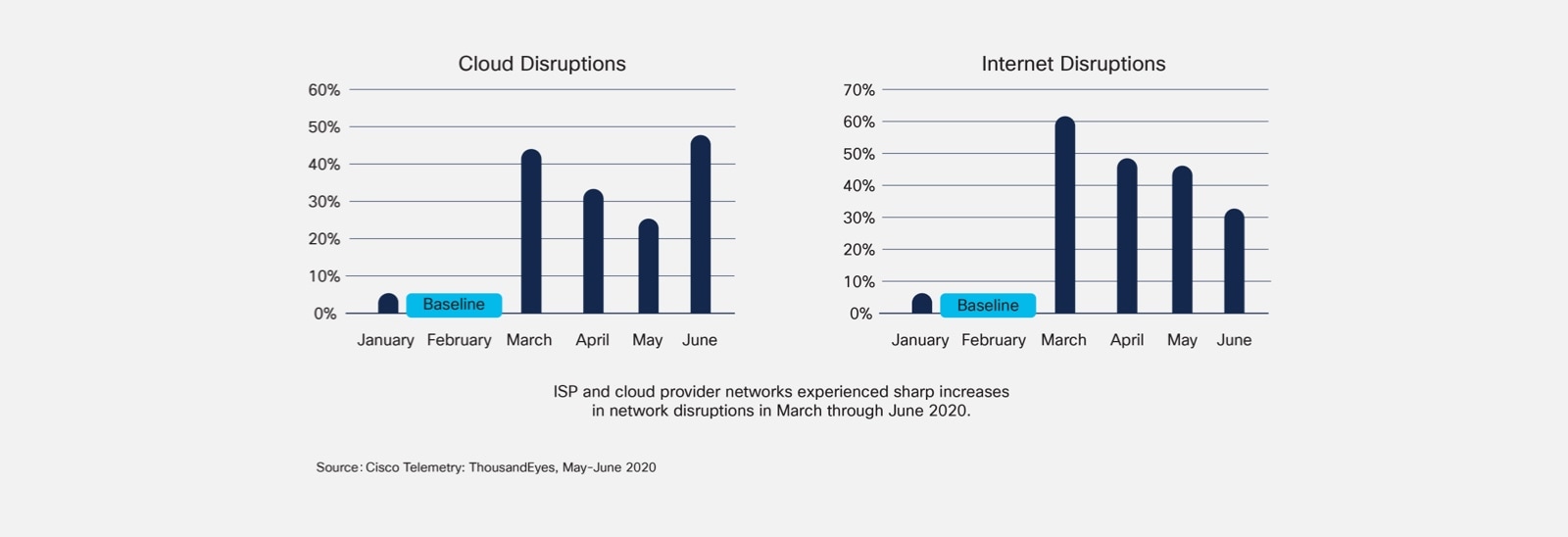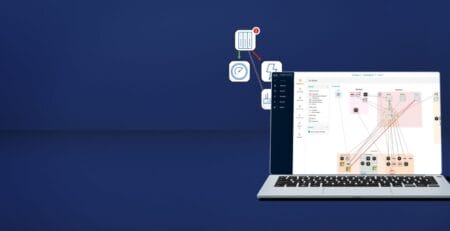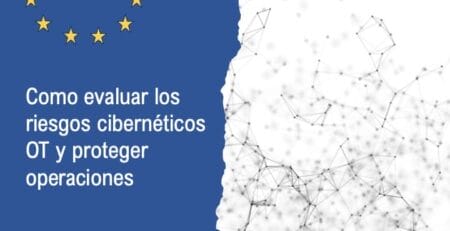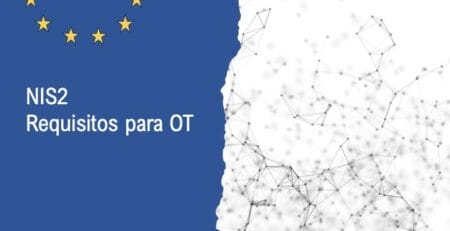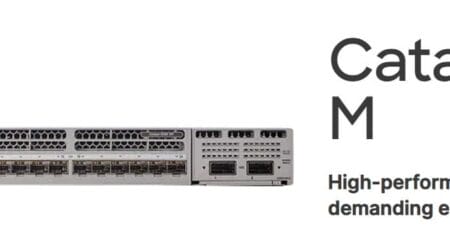CISCO Global Networking Trends Report 2021. Operations.
CISCO Global Networking Trends Report 2021.
Operations.
Business resilience special edition: see the five trends driving agility and resilience in times of change.
We have broken the report down into three blogs, in this last blog we will address the trends on operations, #4 and #5. Trends:
- Workforce: extend security to a remote workforce.
- Workplace: allow safe return to local workspaces.
- Workload: facilitate multicloud for greater resilience.
- Operations – Automation of operations for faster recovery.
- Operations: Leveraging AI-driven network analytics for smarter insights.
If you want to see the first part:
Resilience.
Workforce and workplace.
If you want to see the second part:
Resiliency.
Workload, multicloud networks
Operations: Automated
Trend # 4: Operations – Automating operations for faster recovery
The explosion in the number of dispersed remote workers is not the only thing putting extraordinary pressure on today’s NetOps teams.
(The NetOps figure focuses on the tasks of automating operations and adopting best practices for collaborative workflows).
The pandemic has also led to unprecedented levels of sharp fluctuations in customer numbers, application traffic patterns and new use cases such as e-learning, videoconferencing, virtual events, remote care, process automation and other network-dependent services.
It is therefore not surprising that today, half of all network professionals recognize network automation as a fundamental requirement to ensure continuous service and performance during an outage.
Network considerations: NetOps professionals can achieve continuous improvement and respond quickly to growing disruptions and threats by taking a step-by-step approach:
- Automate repetitive administrative tasks such as network provisioning, configuration and image management to reduce the administrative burden and improve compliance in each domain.
- Network access, automation, onboarding and segmentation to protect distributed user groups and devices by mitigating the spread of cybersecurity attacks.
- Automate network policy within the enterprise data center with application-centric segmentation that protects applications and data while providing workload continuity.
- Automate policy beyond the data center with a cloud operating model that delivers consistent application policy across hybrid and on-premises cloud environments.
- Automate end-to-end, multi-domain policy-based segmentation by establishing a zero-trust access model, consistent from users and devices to workloads.
Operations: AI enabled
Trend #5: Operations: Leveraging AI-driven network analytics for smarter insights
5: Operations: Leveraging AI-driven network analytics for smarter insights
Managing the complexity and scale of modern networks along with the resulting deluge of events and issues bombarding multiple different monitoring platforms can be overwhelming, and inefficient, especially when an outage occurs.
“4400: average number of wireless-related events per month in an enterprise network. * ”
Source: Cisco Telemetry: Cisco DNA Center, 2020
* Based on more than 600 enterprise networks.
Events include failures / onboarding times, radio throughput and DHCP response time / failures.
These event numbers have already been reduced using AI-enabled dynamic baselines.
Clearly, teams of NetOps professionals need the help of advanced analytics to make intelligent and timely remediation decisions.
By using machine learning techniques and artificial intelligence-enabled network analysis, NetOps departments are achieving a much more manageable set of problems that they can act on.
“Globally, Cisco AI Network Analytics, an application within Cisco DNA Center, resolves 2.6 million” events “monthly on 15,080” actionable “problems, a 99.4% reduction. * ”
Source: Cisco Telemetry: Cisco DNA Center, 2020 * Based on more than 700 enterprise networks worldwide.
This reduction allows teams to focus all their efforts on the things that really matter and that have the potential to have a negative impact on the business.
And this problem is no longer limited to the corporate network. Now that most network transactions emanate or terminate outside the traditional enterprise network, NetOps teams also need visibility and analysis of the public networks to which they are connected. This is especially important during periods of unusual stress, such as the recent pandemic.
Network considerations: to understand a tsunami event, NetOps teams must adopt AI-enabled network assurance and analytics systems to achieve:
- More accurate detection: Improve the accuracy of automated problem and anomaly detection within and across network domains.
- Faster solution: correlate events to detect and clearly describe the most likely root cause of problems and anomalies.
- Automated policy management: Identify devices, applications and trends and provide recommended policy updates.
- Fewer degradations: identify patterns and trends and provide contextual information that accelerates proactive, corrective and preventive action.
- Peer intelligence: provide intelligence and analytics that help network administrators compare their network performance against global, industry or regional benchmarks.
Bottom line: improve business resilience with an advanced network platform.
Disruptive events will continue to challenge us and our networks throughout our careers.
It’s time to rethink how your network strategy enables your business resiliency strategy; prioritize new network capabilities to stay ahead of the next big breakthrough.
The automation and AI-enabled information offered by intent-based networks provides a powerful platform to help adapt in any circumstance. They offer the agility, security, intelligence and speed needed to support resilience for:
- Workforce: providing workers with secure, enterprise-class performance and access to their applications while working from home, the office, and anywhere in between
- Workplace: enable employees to safely return to the office with Wi-Fi enabled monitoring, alerts, and reporting
- Workload: facilitate multi-cloud resiliency models and protect data and applications wherever workloads reside in public clouds and on-premises data centers.
- Operations: Automating end-to-end network segmentation and policies and simplifying administrative tasks while improving visibility, reducing alerts and enabling faster remediation.
In this next normal, it’s about having a network that can adapt to support whatever the future holds.
As you think about your business resiliency strategy, consider how your network can be a key enabler of that strategy.
https://www.cisco.com/c/dam/en/us/solutions/enterprise-networks/2021-networking-report.pdf



